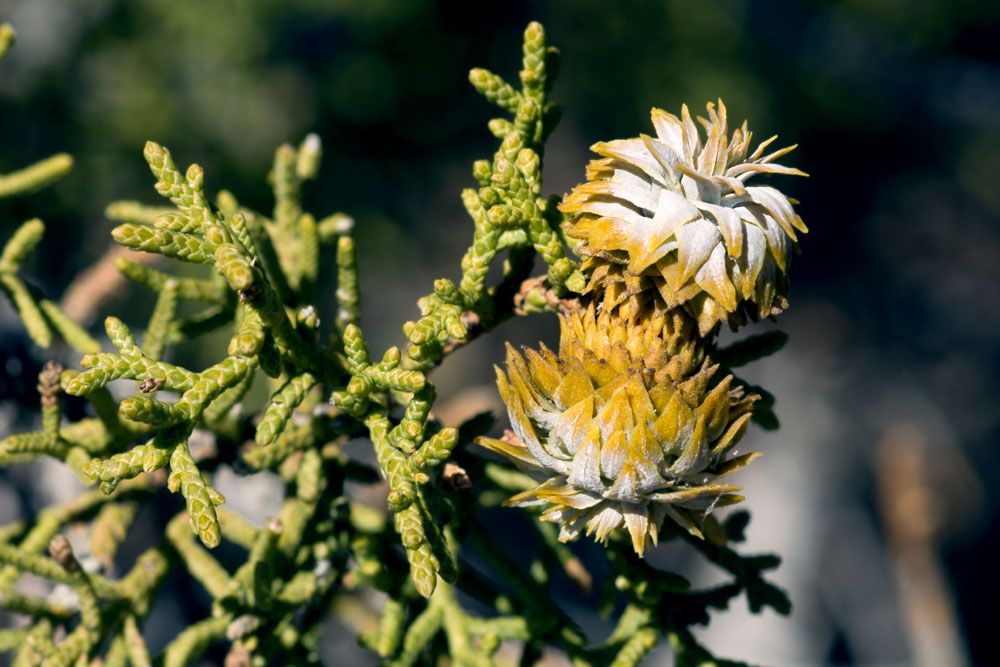
Juniper Tip Midge – Oligotrophus betheli
Juniper Tip Midge (Oligotrophus betheli)
Latin Name: Oligotrophus betheli
Common Name: Juniper tip midge
Appearance:
- Egg:
The egg is 27 mm long, red-orange in color, lustrous, and elongated with tapering ends.
- Larva/Nymph:
Nymphs are 75 mm long and have no legs. The color is a light yellow. Abdominal segments 1 through 9 have paired spiracles.
- Adult:
Adults are 1.5 mm long and have the appearance of a mosquito. Males are straw-brown in hue, while females might be crimson when they’re pregnant.
- Pupa (if applicable):
The pupa is 1.17 mm long and is light orange before becoming dark brown or black.
Hosts plants:
Plants in the Juniperus genus
Territory: juniper tip midge is a North American species
Damage insect caused by Juniper tip midge:
Larvae feed on the tips of young shoots, producing swelling and the formation of green galls. After the larvae have fled, the galls may become brown or red.
Description about Gall makers:
Gall makers arrive in silence, like old buccaneers, but without eye patches or shoulder parrots. They also confiscate their rewards quickly and effectively, putting them to work doing their bidding with eye-catching results. Gall-producing insects include a variety of wasps, flies, and a few aphids and mites. Instead of transporting its loot to a secluded cove, the gall maker chemically hijacks a leaf bud or other spot on a tree to construct a casing of plant tissue that protects and nurtures the gall maker’s growing children. Over half of these fascinating critters are attracted to oak trees. Galls can develop on the leaves, bark, flowers, buds, or roots of plants. Except for some twig and stem galls, most growths do not affect healthy trees.
